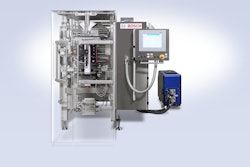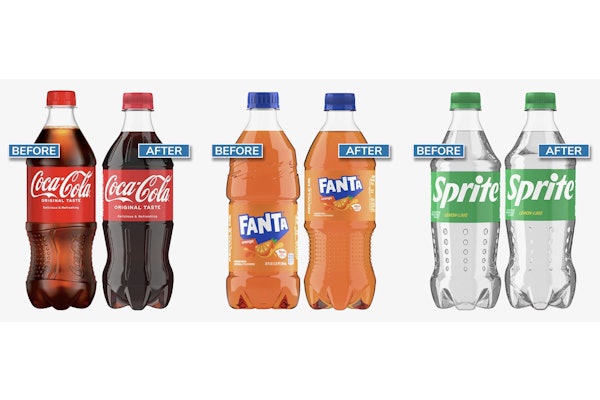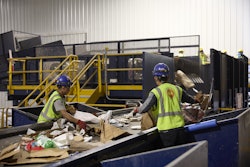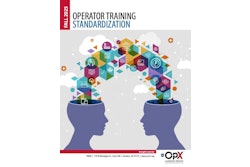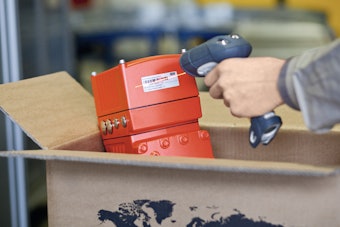
I was fresh out of graduate school with a Ph.D. in polymers and new in my role as a technical service and development engineer. I made recommendations to certain customers about how to make “better” packaging. I was confident about my experimental results, supporting data, and technical expertise, but I was stumped when faced with the question “Why should I change my package?”
Although I had an obvious answer in front of me (“because this package has better performance”), I realized my audience was not interested in better performance but rather in a “package with value.” Thus began my journey of understanding the value of packaging.
Creating value through package design
I believe there are two key approaches for package design—functionality and differentiation. The functionality approach encompasses the primary requirements of packaging specific to the product. Packaging engineers try to answer key fundamental questions to map the performance needs for a package. Then science and engineering play definitive roles in understanding the mechanics, chemistry, material science, etc., to develop a package that takes the product from manufacturing to the consumer.
The differentiation approach begins with understanding consumer behavior and designing a package with auxiliary functionalities for differentiation that provide the consumer with convenience, shelf appeal, and a unique experience. An example would be water packaged in metal cans. The metal can is a functional package, but water packaged in clear bottles with firm grip and re-closable bottle caps creates a distinct experience for the consumer.
The economics of both approaches are different. A functional package focuses on basic requirements and is therefore cheaper. On the other hand, a differentiated package needs additional resources but brings more value to consumers. Is one approach better than other? To answer this question, packaging professionals should understand the product being packaged, consumer behavior, and the value created by the package.
Maintaining value
When we hear the word “package,” our first impression is that of a primary package that holds the product. Because a primary package travels hundreds or thousands of miles before it reaches its consumer, it is essential to maintain the package’s integrity throughout its journey. Although primary packaging is functional, it is not designed for severe transportation conditions (such as shock, impact, vibration, etc). Thus, secondary and tertiary packaging play a critical role in maintaining a package’s value during supply chain transit.
Let us consider an easy example of dry food packets being shipped from the manufacturer to the superstore. For bulk shipment, packets are secured in a secondary package (such as a corrugated container, shrink wrap, etc.), multiple secondary packages are organized in a tertiary package (in most cases a unitized pallet), and several tertiary packages are transported via road, rail, or air. Let us assume one unitized pallet holds goods worth $10,000. The secondary packaging used on the pallet (such as cartons) will cost $80, and the tertiary packaging (like stretch wrap) will cost $20. In summary, packaging worth $100 is responsible for securing the safe transportation of products worth $10,000.
Any transportation damage not only causes product loss but also increases the burden on landfills with extra waste. Thus, secondary and tertiary packaging bring in value equal to the primary packaging by maintaining package integrity in the packaging supply chain. Furthermore, this value can be enhanced through light-weighting, down-gauging, and recycling of secondary and tertiary packaging.
Delivering value through collaborative packaging
I believe the one important requirement for success in the 21st century is collaboration. We see collaboration all around us—across functions, businesses, and even companies. So how can we use it for packaging? In most cases, packaging is perceived as a trivial factor compared to the product. However, package development is a complex process with various members (such as material suppliers, equipment manufacturers, package converters, co-packers, distributors etc.) playing pivotal roles.
The product manufacturer might not have all the expertise required for package development and prefer to collaborate across the value chain to deliver “a complete package” to the end user. Collaborative packaging motivates each member in the packaging value chain to offer innovative solutions while reducing resources and time spent in development.
An example would be a case where the material suppliers create an ideal material for light weighting, the equipment manufacturer develops a technology for faster output with the new material, package converters combine the new technology and material for best package design, and the distributors deliver these packages to product manufacturers in a timely and cost-optimized manner.
This is the best way for each member to create value and maximize value delivery at consumer level. In reality, there are certain corporate limitations when it comes to inter-organizational collaboration. Nonetheless, this is the most efficient path to deliver value.




